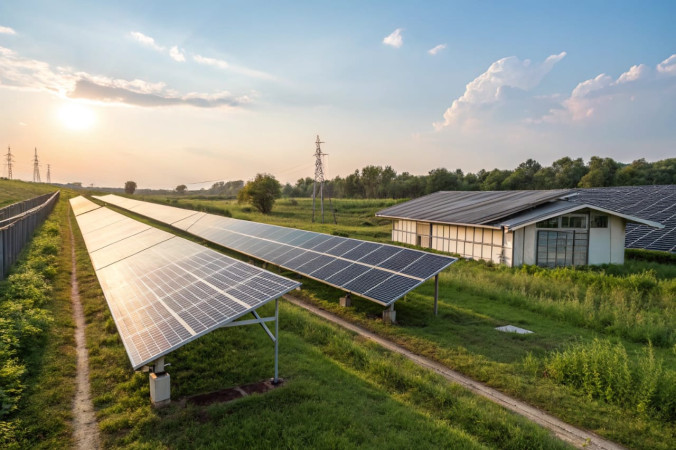
Follow India Renewable Energy News on WhatsApp for exclusive updates on clean energy news and insights
Air Pollution and Climate Change May Reduce India’s Solar Power Potential
Mar 18, 2025
A recent study by IIT Delhi predicts that India's solar power generation could decline by 600-800 gigawatt-hours by mid-century (2041-2050) due to air pollution and climate change. The study highlights that northern, western, and southern power grids, where most of India's solar parks are located, will face significant performance challenges in the coming decades.
One of the key issues is that airborne pollutants absorb and scatter sunlight, reducing the intensity of solar radiation reaching the Earth's surface. Additionally, solar power generation is highly dependent on weather and climate conditions, making it vulnerable to climate change. The study, published in Environmental Research Letters, calls for a combined approach of climate action and pollution control to sustain India's photovoltaic energy potential.
Despite receiving 300 clear-sky days annually, India has witnessed a steady decline in solar radiation, a phenomenon known as ‘dimming’. Using global climate models, researchers analyzed two future scenarios:
- Moderate climate change with controlled air pollution
- Weak climate action with strong pollution control
The findings indicate that solar power potential could decline by 2-4% nationally, compared to the 1985-2014 levels. Additionally, solar panel temperatures are expected to rise by 1.5-2°C, causing efficiency losses and up to 18 additional days of performance de-rating in solar-rich regions. Based on 2023-24 solar power generation data, losses could range between 600 GWh (moderate scenario) and 840 GWh (weak climate action scenario).
To counteract these challenges, the study emphasizes the need for:
- Innovation in solar cell technology
- Stricter air pollution control measures
- Rapid expansion of renewable energy to mitigate climate change impacts